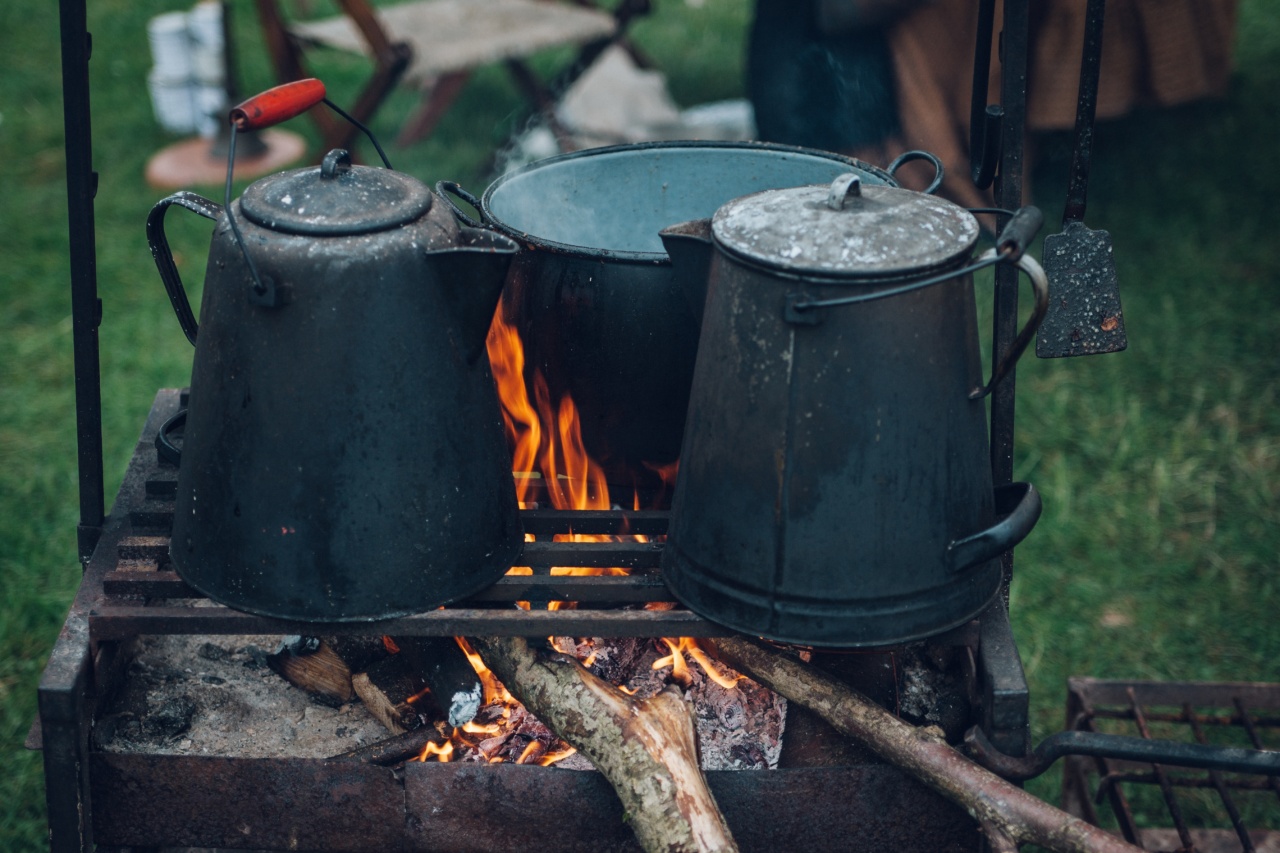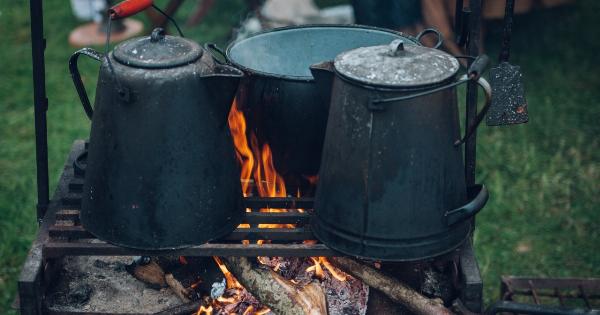If you’re someone who’s concerned about your iron levels, you should know that it’s important to pair certain foods together to enhance iron absorption.
Iron plays a vital role in our overall health, helping to transport oxygen throughout the body, and boosting our immune system. However, not all iron is created equal, and some types of iron are absorbed better than others.
Two Types of Iron: Heme and Non-Heme
Before diving into food pairings, it’s important to understand the differences between heme and non-heme iron. Heme iron is found in animal products like meat, fish, and poultry.
This type of iron is more easily absorbed by the body, with up to 30% of heme iron being absorbed compared to just 2-10% of non-heme iron. Non-heme iron, on the other hand, is found in plant-based foods like grains, legumes, nuts, and vegetables. It’s important to note that while heme iron is more easily absorbed, you don’t necessarily need to eat meat to meet your iron needs.
Plant-based foods can also provide enough iron, as long as you’re pairing them with other foods that help enhance their absorption.
Foods That Enhance Iron Absorption
There are certain foods that can help enhance the absorption of non-heme iron. These foods are rich in vitamin C, which can help convert non-heme iron into a form that’s more easily absorbed by the body. Here are some examples:.
Citrus Fruits:
Lemons, oranges, grapefruits, and limes are all high in vitamin C. Squeezing lemon or lime juice over cooked vegetables, grains, or legumes can help increase iron absorption.
Adding a slice of citrus fruit to your water or smoothie is another easy way to boost your vitamin C intake.
Tomatoes:
Not only are tomatoes high in vitamin C, but they also contain lycopene, an antioxidant that may help prevent certain types of cancers. Add sliced tomatoes to your salad or sandwich for a boost of vitamin C.
Peppers:
Red, green, and yellow peppers are all high in vitamin C. Chop them up and add them to your stir-fry or omelet for an extra dose of iron-enhancing goodness.
Broccoli:
This cruciferous vegetable is not only high in vitamin C, but it’s also a good source of iron itself. Steam or roast broccoli and add it to your favorite grain or legume dish for a double whammy of iron absorption.
Leafy Greens:
Kale, spinach, and collard greens are all high in iron and vitamin C. Sautéed with garlic and a squeeze of lemon, they make a tasty and iron-rich side dish.
Foods That Inhibit Iron Absorption
On the other hand, there are also certain foods that can inhibit the absorption of iron. These foods contain compounds like phytates and tannins, which can bind to iron and prevent our bodies from absorbing it. Here are some examples:.
Coffee and Tea:
Coffee and tea contain tannins, which can inhibit the absorption of iron. To combat this, try drinking your coffee or tea in between meals instead of with them. Or, simply switch to herb tea, which doesn’t contain tannins.
Milk and Dairy:
Calcium, found in milk and dairy products, can inhibit iron absorption. However, this doesn’t mean you need to avoid dairy altogether. Just try to consume dairy products at separate meals from your iron-rich foods.
Whole Grains:
Whole grains like wheat, bran, and rice contain phytic acid, which can inhibit iron absorption. To counteract this, try sprouting your grains before cooking or soaking them in water for several hours before cooking.
Conclusion
By pairing iron-rich foods with vitamin C-rich foods, you can enhance your body’s absorption of non-heme iron. At the same time, it’s important to be aware of which foods can inhibit iron absorption so that you can consume them at separate meals.
By following these tips and including a variety of iron-rich foods in your diet, you can help ensure that you’re getting enough iron to support your overall health and wellbeing.






























